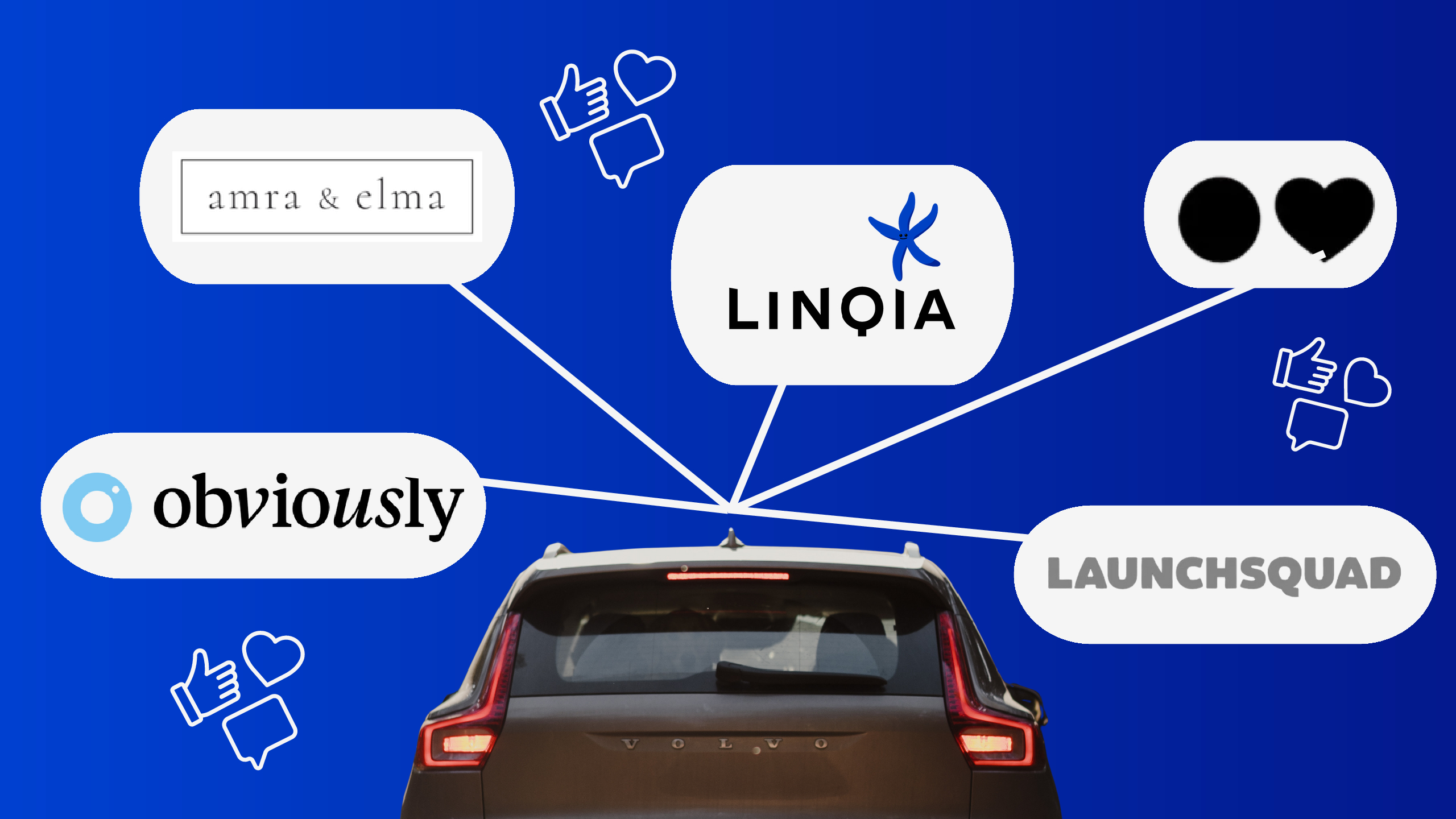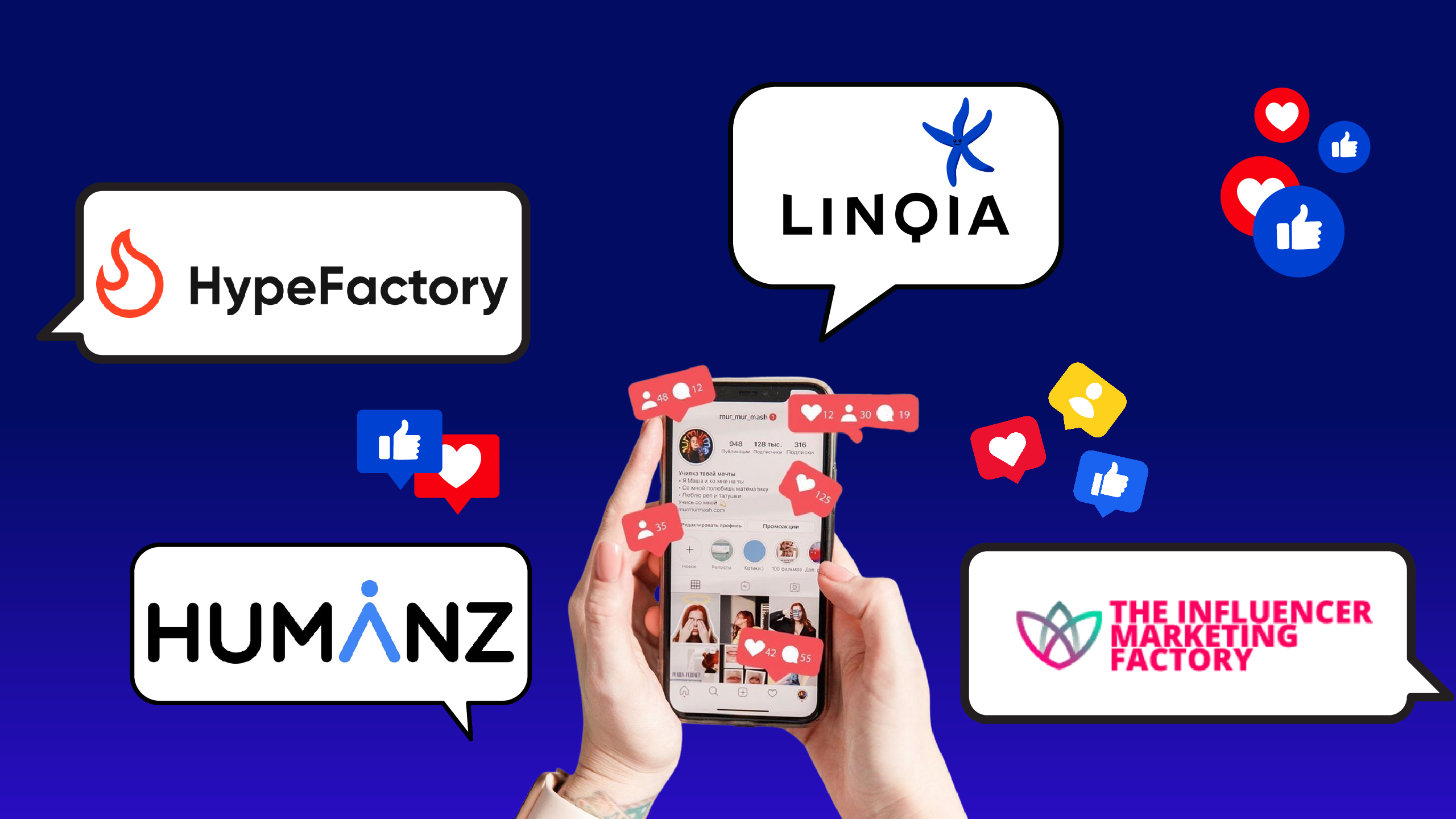Culture doesn’t sit still, and marketers can’t afford to either. Relevance today isn’t just about reacting quickly; it’s about showing up with purpose, leading with insight, and making real impact.
The Female Quotient once again brought together a powerhouse panel of influential women at Cannes to explore how today’s most effective marketers are navigating cultural shifts—deciding not just when to engage, but how to show up with purpose and drive real impact.
Moderated by Susan Boster, Founder and CEO at Boster Group, the conversation spotlighted insights from female marketers who are actively shaping culture and influencing the future of brand storytelling. Panelists included Linqia’s VP, Creative & Client Strategy, Finola Austin, Monica Austin (CMO, Blizzard Entertainment), Jennifer Gardner (Chief Client Solutions Officer, Carat US), Jess Vultaggio (VP, Creative Capabilities and Innovation, Kraft Heinz), and Stacy Martinet (CMO, Adobe).
Together they discussed what it takes to be culturally relevant in today’s landscape, and what most marketers are still missing.
Defining cultural relevance
“How do you define cultural relevance in the context of your brand?” The most effective marketers today are not just reacting to trends, they’re making informed, creative decisions about when to engage, how to show up, and what role their brand can authentically play in wider conversation.”
With that, moderator Susan Boster opened the floor asking each panelist to define what cultural relevance means within their own brand’s context. Across the board, the panelists emphasized moving away from control and toward collaboration. Relevance isn’t about owning the message—it’s about co-creating it.
For Finola, cultural relevance starts with letting go. It’s about giving creators the tools and trust to shape the narrative, rather than trying to control every part yourself: “The world’s most powerful brands are not owned by marketers, they’re owned by consumers.”
Echoing the recurring theme of authenticity, Jess emphasized the importance of aligning cultural fluency and brand truth to drive impact in a way that feels both current and consistent: “At Kraft Heinz, we’re really looking to drive cultural relevance at that intersection of being culturally fluent but also brand authentic.”
Monica spoke to the boldness required to truly connect.“When you find those areas where you think you might be going over the rails, that’s often where the cultural currency is. And so we have to be brave enough to really lean into that”.”
For Monica and the team at Blizzard Entertainment, cultural relevance means understanding your audience’s community and subcultures, and creating space for your team to take meaningful, creative risks with confidence.
Creative instinct in action
Rather than reinventing its iconic legacy brands, Kraft Heinz is focused on modernizing them with purpose. Jess emphasized the importance of balancing tradition with relevance by tapping into brand truth, consumer insight, and cultural context. She used the example of their Oscar Mayer Wienermobile, a twenty-seven-foot-long hot dog shaped vehicle promoting products that became a tremendous cultural moment, resulting in over 6.8 billion impressions.
For Blizzard, cultural relevance is rooted in community connection: “Community is at the heart of everything we do.”
Monica shared how the team invited creators and community members into the development process of the latest Diablo release. Blizzard gave them early access and even made product changes based on their feedback, capitalizing on how gamers are both consumers and co-creators and using the tool of community collaboration to produce results.
Trends: Spotting what matters; and even creating your own
In a world where trends and viral moments come and go in an instant, distinguishing which are actually worth investing in can be a difficult task. Finola offered a nuanced take: “A passing moment can be worth investing in.”
The key is having the proper infrastructure in place to move quickly enough to jump on trends when they arise. At Linqia, the team strives to have pre-approved creators that are relevant to the brand, who can quickly make content when there is a trend worth participating in.
But the ultimate goal, Finola added, isn’t just to react. “Its not just jumping on a trend– but actually leading a trend.”
She pointed to Linqia’s work on Bayer’s MiraLAX campaign, and how they flipped a consumer insight—women being more stressed (and constipated) than men—into a cultural conversation. Their campaign combined influencer storytelling and street interviews with comedian Robyn Schall to create a cultural moment; grounded in truth, humor, and actual impact.
Jennifer reinforced this as she discussed the importance of signals and being able to see when something is going to rise, and being ready before the trend even crests. Carat US architected Cultural EQ, a measurement to gauge a brand’s effectiveness and influence within culture. “The art, the magic, and the science are coming together.”
AI is here
When the topic turned to AI, Stacy reframed it not as a threat or passing trend, but as a powerful tool. “The future is now. And everyone needs to figure out how they’re going to embrace it [AI]”
As she explained, AI not only empowers new levels of productivity but unlocks imagination at scale. It gives marketers and creators the ability to bring bold and innovative ideas to life at unimaginable speed.
However, Stacy also emphasized that while the power and possibilities of AI often seem limitless, what makes a scene or image a great piece of marketing is the story behind it. Storytelling is everything—it’s the human insight, creativity, and cultural awareness behind those AI generated ideas that give them meaning. “The world is what you make it, and AI opens up new possibilities for you to make the world you want to see.”
She also pointed to Adobe’s work in empowering creators with tools like Firefly and supporting the shift towards agentic AI. “At the end of the day, we empower people to do something. We want to show people what’s possible,” she says.
As Stacy highlights, AI is here, and it doesn’t replace creativity, but rather expands the canvas. In this new era, the marketers that utilize this combination of AI tools and the power of storytelling are the ones that will see success and results.
What marketers are underestimating
To close the conversation, Susan asked each panelist to name one cultural shift they think marketers are still underestimating. Their answers revealed the blind spots in the industry that many brands were still overlooking.
“The thing I’m most mindful of right now is the quality over quantity,” says Monica.
In this age of generative content and performance pressure with the rapid changing of trends and culture, she warns against sacrificing quality for efficiency. The brands that will stand out in the long-run are those who hold the creative bar high in every facet of what they do.
Jennifer highlighted both nostalgia and music as timeless cultural connectors that too often get overlooked. Both can create emotional resonance across generations and tap into deeper cultural memory.
Finola Austin challenged brands to expand how they think about creators. “One thing we say at Linqia is, ‘creator content everywhere’.”
She stressed that creators should be embedded into the entire brand ecosystem, from Super Bowl ads to CTV spots. The brands and marketers seeing success are those embedding creators at the center of their broader content strategy, not just their social strategy.
This powerhouse panel of female marketing leaders reminded us that cultural relevance isn’t just about keeping up– it’s about showing up with intention, creativity, and courage. From redefining how brands collaborate with creators to embracing AI as a tool for impact, these women are not just following culture, but shaping it.
Want more updates? Subscribe to our newsletter at www.linqia.com/subscribe to never miss what’s new in influencer marketing and social media.




